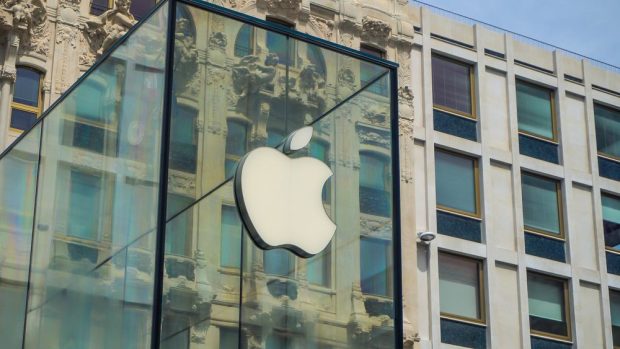Savings Take Center Stage as Apple Builds Financial Ecosystem

For Apple, crafting a financial services ecosystem — spanning payments, credit and deposits — needs banks and FinTechs in the mix. And it is savings that can tie the far-flung providers, accounts and offerings together.
With the tech behemoth’s recent launch of a high-yield savings account, as documented here, Apple can conceivably gain critical mass — in the form of a base of installed user base building deposits — that encourages a virtuous cycle of spending and saving.
Generally speaking, in banking, money deposited into a savings account can be used by banks to make loans to other customers, who pay interest on the loans, which in turn is used to pay interest to the account holders.
There are a few wrinkles in the mix here — Apple’s savings account is being offered through Goldman Sachs and is available to Apple Card users — so Apple is not acting explicitly as a bank.
But by enabling the savings account to be set up on Apple’s phones, the stage is being set to bring a few more financial offerings into the mix through linked accounts. In terms of the mechanics, Apple savings account users can deposit funds into those high-yield accounts with their Apple Cash balance. In the current environment, amid rising rates, establishing a savings account becomes a way to capture yield and create at least some semblance of cash cushion that helps insulate consumers against the vagaries of inflation. Deposits are becoming a hyper-competitive field; this week’s Apple announcement noted that there are no minimum balance requirements.
The Partnerships
Savings, then, becomes a springboard for Apple to be viewed and used as a financial services provider, though it uses Goldman for the card and savings functions.
Thus, Goldman’s essentially a bank in the background (we’ll say, tongue in cheek, that Goldman’s a “shadow bank”) and Green Dot is the partner bank for the Apple Cash accounts.
Apple’s been laying the groundwork to extend its financial services presence. A bit more than a year ago, it acquired Credit Kudos. That FinTech, as has been reported, can utilize banking data to score loan applications, with emphasis on transaction and loan outcome data.
Though there’s been (as of yet) no official roadmap relayed by Apple regarding the FinTech, the data points the U.K. firm embraces are critical in considering new lending prospects and, specifically, lending prospects for alternative financing.
That includes buy now, pay later. BNPL, of course, is now an arrow in Apple’s financial services quiver: The company announced Apple Pay Later late last month.
Alternative credit underwriting serves as a means to an end, where Apple can conceivably get more customers in hand beyond solely offering savings and traditional credit products. Apple’s establishment of the Apple Financial unit means that it is taking more of the decisioning into its own operations, as time goes on.
The savings held with Goldman, we note, could conceivably serve as a multiplier effect for BNPL (note the virtuous lending cycle as described earlier in this piece). For Apple, the savings push may spur more people to sign up for the Apple Card, spurring more payments and cementing the financial services ecosystem even further.

